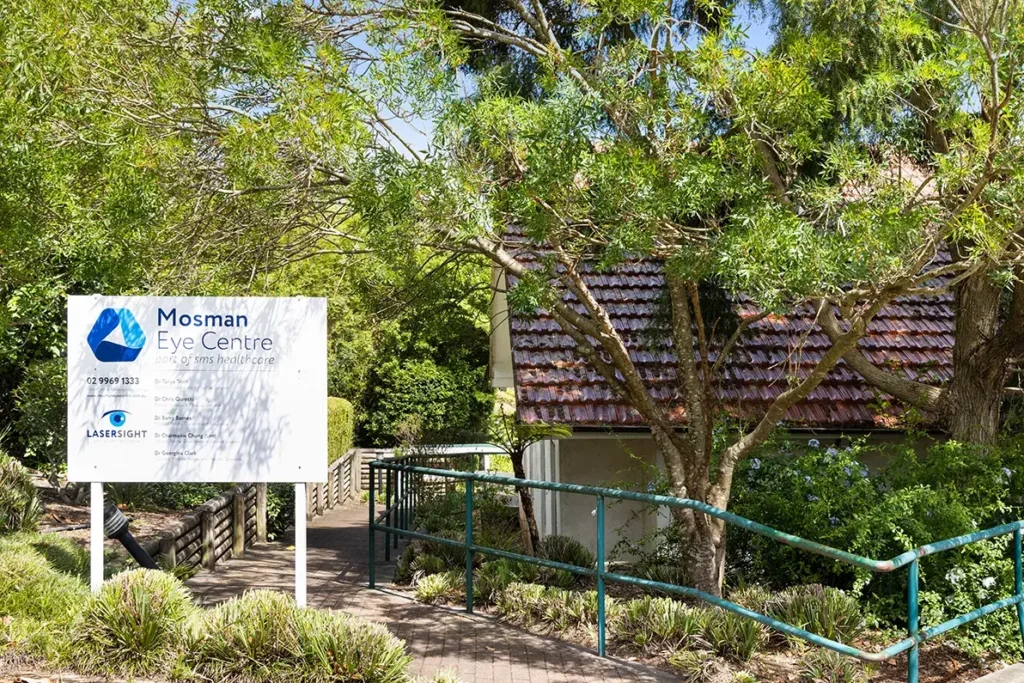Skin Cancer Excision & Repair
What does the treatment involve?
There are several treatments for skin cancer all of which are highly successful in the majority of patients. The type, location and size of your skin cancer will affect the choice of treatment. A biopsy will give important information about the type and depth of the skin cancer, some forms of skin cancer if only superficial, may be treated with specific creams or freezing with liquid nitrogen. If surgery is chosen there are two parts to treatment:
- The surgical removal of the skin cancer
- The surgical repair of the area
Reconstructing eyelids is very specialised and intricate surgery. It is important to ensure all cancer cells have been removed before reconstructing the area. There are two methods that can be used when dealing with basal cell carcinoma and squamous cell carcinoma:
- Frozen section pathology
- MOHs surgery (see separate section on MOHs surgery)
When frozen section is used, a pathologist sets up a mobile laboratory at the day surgery. During surgery the area that appears to be involved with the skin cancer is removed. This specimen is given to the pathologist who will “snap-freeze”, and examine the edges of the specimen to ensure that the skin cancer has been removed entirely.
When the pathologist is happy that the skin cancer is removed, your specialist will reconstruct the area. The reconstruction techniques required will vary depending on the amount of tissue loss and specific location of tissue loss.
Some skin cancers such as melanoma and Merkel cell carcinoma are not amenable to frozen or Mohs techniques. In this case sometimes “rapid paraffin sectioning pathology” is used. In this technique your specialist will remove the cancer with a margin or rim of normal tissue at the edges. The patient is bandaged and the specimen is urgently couriered to the pathology who will use traditional wax impregnation techniques and have an answer within 24-36 hours at which time your specialist performs the reconstruction at a subsequent operating list.
How will I look immediately after surgery?
A bandage may be required for 1-3 days. Usually the defect is closed by rotating areas of available neighbouring skin laxity (“skin flap”), this tends to settle within days to weeks. If skin grafting is required depending on the availability of similar skin, the “settling in” time varies from weeks to months.
What is the recovery time?
Most patients will take 3 – 5 days off work. Physical activity in the first week should be minimal and then building up to a normal level over the following two weeks.
What are the risks?
Any surgery carries risk, however the risks for this procedure are low and will be discussed fully at the time of your consultation. Overall, the risks of not treating the skin cancer far outweigh the risk of the operation.
Is there a risk of the cancer returning?
By checking the margins of excision (edges of the specimen taken) by MOHs or frozen section the recurrence rate is made as low as possible. Skin cancers develop in areas of sun damage and these areas are also prone to developing new skin cancers. The area involved needs to be monitored and your specialist will do this in the postoperative period, however follow-up with your referring doctor is very important to monitor for any recurrence, or the onset of new skin cancers in the area. As a rule, a 5-year period of follow-up is advocated.
Is there anyone who shouldn't have this surgery?
All skin cancers require treatment. Some types of skin cancer when caught early can be treated with creams or liquid nitrogen “freezing therapy”. In other cases, surgery will be required. Another alternative to surgery is radiotherapy which is usually reserved to skin cancers that are not amenable to surgery, which is unusual.
Mohs Surgery
Mohs surgery is a highly specialised treatment for the removal of skin cancers in which a microscope and liquid nitrogen (like in frozen sectioning) is used to determine the extent and depth of the skin cancer. The removal of the skin cancer is performed by a dermatologist with specific training in this technique. Once the skin cancer is removed, the area is repaired.
Whenever a skin cancer is removed a “border” of normal tissue is taken in an effort to ensure complete tumour removal. Moh’s surgery is a technique to microscopically “map” the extent of the skin cancer, therefore this border of normal tissue neighbouring the skin cancer can be kept to a minimum. This can potentially result in a smaller area of tissue loss and so a simpler reconstruction may be required.
When is Mohs Surgery chosen for removal of a skin cancer?
Mohs’ surgery is more time-consuming and costly necessitating preoperative visits to both your Ocular Plastic Specialist and the Mohs surgeon and in terms of surgical time. This method of tumour removal will only be chosen when your specialist feels that it is indicated for your particular tumour position, size and type.
What does the treatment involve?
The area of skin suspicious for cancer is treated with local anaesthetic. A thin piece of tissue is removed and carefully divided into pieces that will fit on a microscope slide. The edges are then marked with specially coloured dyes and a careful map of the tissue removed is made. The tissue is frozen and thin slices are made and placed on glass slides to be examined under the microscope.
The doctor will examine the slides under the microscope to check if there is any tumour present. If cancer cells remain, another layer of tissue is then surgically removed and the procedure is repeated until no cancer cells remain. This process preserves as much normal, healthy surrounding skin as possible.
The removal of each layer of tissue takes approximately one hour. Only 20 – 30 minutes of that time is spent in the actual surgical procedure, the remaining time being required for slide preparation and interpretation. It may take the removal of two or three layers of tissue to complete the surgery. In between procedures the wound is dressed whilst the patient is asked to wait.
When the Moh’s surgery is complete, your specialist will reconstruct the area. The reconstruction techniques required will vary depending on the amount and site of tissue that has been removed.
How will I look immediately after surgery?
A bandage may be required for 1-3 days. Usually the defect is closed by rotating areas of available neighbouring skin laxity (“skin flap”), this tends to settle within days to weeks. If skin grafting is required depending on the availability of similar skin, the “settling in” time varies from weeks to months.
What is the recovery time?
Most patients will take 3 – 5 days off work. Physical activity in the first week should be minimal and then building up to a normal level over the following two weeks.
What are the risks?
Any surgery carries risk, however the risks for this procedure are low and will be discussed at the time of your consultation. Overall, the risks of not treating the skin cancer far outweigh any risk of the operation.
Is there a risk of the cancer returning?
By checking the margins of excision (edges of the specimen taken) by Mohs or frozen section the recurrence rate is made as low as possible. Skin cancers develop in areas of sun damage and these areas are also prone to developing new skin cancers. The area involved needs to be monitored and A/Prof Wilcsek does this in the postoperative period but follow-up with your referring doctor is very important to monitor for any recurrence, or onset of new skin cancers in the area.
Using this technique, the percentage of curing is very high, often 97% – 99%, even if other forms of treatment have failed. However, no one can guarantee a 100% cure and therefore a follow-up period of 5 years is advised.
Is there anyone who shouldn't have this surgery?
All forms of skin cancer require treatment. Mohs surgery requires significant effort on the part of the patient. Patients who have significant difficulty with mobility or no social network to help get to appointments may find this form of treatment too onerous.





